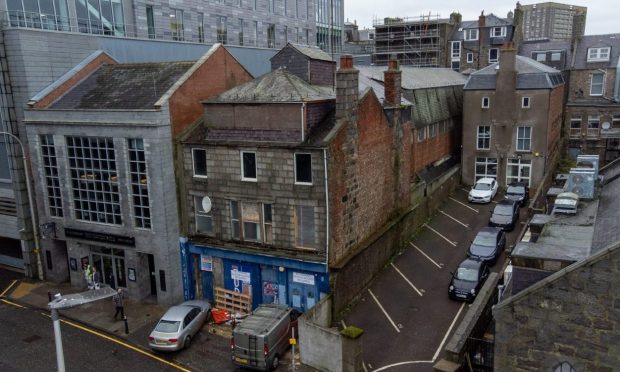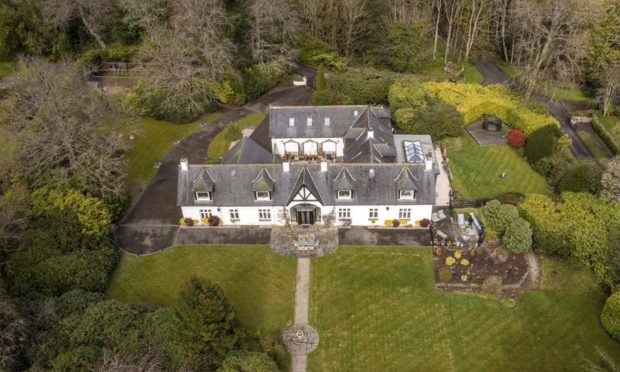Spellbound school pupils yesterday enjoyed a unique insight into the life of an Aberdeen-born magician who inspired the legendary Harry Houdini.
Pupils at Walker Road and Sunnybank primaries came together in the idyllic surroundings of the roof garden adjacent to the St Nicholas Kirk graveyard to hear about John Henry Anderson, more commonly known as the Wizard of the North.
Organised by Aberdeen Inspired, the event took the children on a magical mystery tour through the garden, with an interactive lesson bringing the Victorian pioneer’s story to life.
Using a mobile phone app, the pupils scanned different signs around the site which brought up different videos.
Anderson was portrayed by local actor Christopher Begg.
Born in the Mearns in 1814, Anderson toured across the country and is credited with helping to bring the art form from simple street performance into theatres.
The world-renowned wizard is also believed to be the first man to pull a rabbit from a hat, and also the first modern magician to perform the catch-the-bullet illusion in 1840.
He performed before Queen Victoria and Prince Albert, as well as other notable celebrities of the age, such as the author Sir Walter Scott, who gave him his nickname.
Anderson died in 1874 and was later buried in the kirk graveyard.
His magic inspired a young Houdini, who later visited the burial site and paid for the upkeep and restoration of the site as it had fallen into a state of disrepair.
The wizard project is the latest addition to the roof garden, following a £200,000 investment over the past 12 months to attract more visitors to the site.










